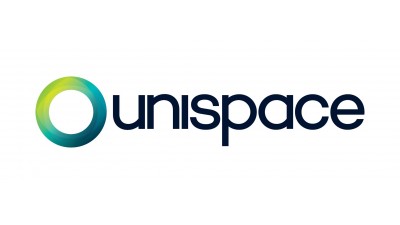Why Workers Are Dictating The Next Generation Of Flexible Office Design

The return to the office has become the focus of an intense debate. Influential business leaders like Jamie Dimon, chairman and CEO of JPMorgan Chase, and Goldman Sachs CEO David Solomon have made definitive public statements about bringing their respective workforces back to the office by late 2021.
But an equally vociferous school of thought is asking not when, but why return to the office.
Employees have come to realize that they can accomplish their individual work remotely, avoiding the hassle and expense associated with the daily commute. Instead, they now place a premium on technology as well as in-person interactions with colleagues. The future is a hybrid of remote and in-office work. When employees are at their place of work, it will primarily be to access advanced technology and to connect and collaborate with co-workers.
Employers have taken note of the office's new purpose. More and more companies and design firms are questioning the need to allocate a desk for each staff member. Instead, the emphasis is now on flexible areas dedicated to fostering ideas and teamwork.
In other words, workers may have more control over where they sit and with whom they sit each time they go to the office.
“We’ve seen clients put out surveys to staff asking if they will return to the office and if so, how often,” said Aimee Collins, principal of design for Unispace, a global workplace delivery firm. “The drivers for people wanting to come back to work are seamless and intuitive spaces for collaboration and camaraderie.”
Amid the coronavirus pandemic, Unispace has created an agile and flexible workplace framework for the future, dubbed Propeller. The model seeks to blend the best aspects of working from home, like focus work, with the best of in-office work, like collaboration, problem-solving and socializing.
Using internal and external data, Unispace helps businesses outline their workplace goals and create tailored solutions to meet their needs. Tech companies, for example, tend to place greater emphasis on collaboration and teamwork. Office spaces may require large “war rooms” where teams can work together on projects for extended periods of time. These venues are likely to be high-tech destinations built purposefully for ideation.
Conversely, the next iteration of design for call centers is emphasizing space for training and mentorship in addition to relaxation zones where the company’s customer service providers can decompress.
Flexible office design will need to account for the future needs of a business, such as growth and changing aesthetics. The pandemic wasn’t the impetus to build flexibility into the workplace, but it accelerated the trend as employee choice and managing fluctuating headcounts became top priorities.

Collins adds that Unispace's future workplace framework came from workplaces they designed pre-pandemic. One client, a laboratory research and development company, opted for an unassigned seating plan, with built-in work lounges and pods for focus work and collaborative work. Even the CEO, who had a dedicated office space, liked to work in the open work environment when he could.
“Flexibility was built in throughout the work areas, with neighborhoods providing quiet and collaborative spaces for staff depending on their work modes,” Collins said.
"These areas were set up like coffee shops with traditional spaces mixed in: There was open seating for teams as well as quiet touchdown offices for teams who want to work in an enclosed room. We see more people wanting to work from home more frequently, so the focus of future office design will be to provide flexibility and create an experience for staff, so they want to come back into the office and feel comfortable doing so.”
To bring employees back to the office, companies have been focused on hygiene and reducing viral transmission, with measures like dispersed seating and plexiglass barriers.
As more office employees are vaccinated against Covid-19, office health measures will start to look different. Creating a sense of wellness in the workplace will likely include fitness centers, natural elements like silk plants and woods in office design, better air filtration systems and buildings with tech-free zones where employees can truly disconnect in their downtime.

Investing in durability and flexible office design can translate to long-term return on investment. A modular office design with walled and raised floor systems that allow the space to be reconfigured as business demands dictate may incur more upfront investment but create greater cost savings over time.
Flexible office design means power and data infrastructure can quickly be reconfigured to support changing office layouts, like decreasing workstations and increasing collaborative areas as well as seamless converting spaces from a small meeting room to a yoga studio to a small office.
However, the future of office design isn’t just a matter of flexible functionality. The new workplace should serve as an internal marketing vehicle that reminds employees why their work is meaningful. Collins spoke about one of Unispace’s lab clients who made it a priority to include images and quotes from patients whose health was restored by the company’s devices.
“Appreciation goes a long way towards employee retention and attracting new hires,” Collins said. “If workers continue to work remotely and don’t have a sense of camaraderie, what will keep them from jumping ship and going to a different company?”
This article was produced in collaboration between Unispace and Studio B. Bisnow news staff was not involved in the production of this content.
Studio B is Bisnow’s in-house content and design studio. To learn more about how Studio B can help your team, reach out to studio@bisnow.com.

